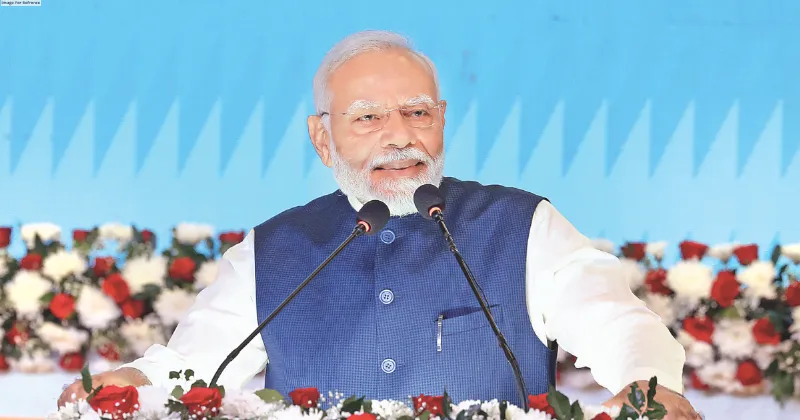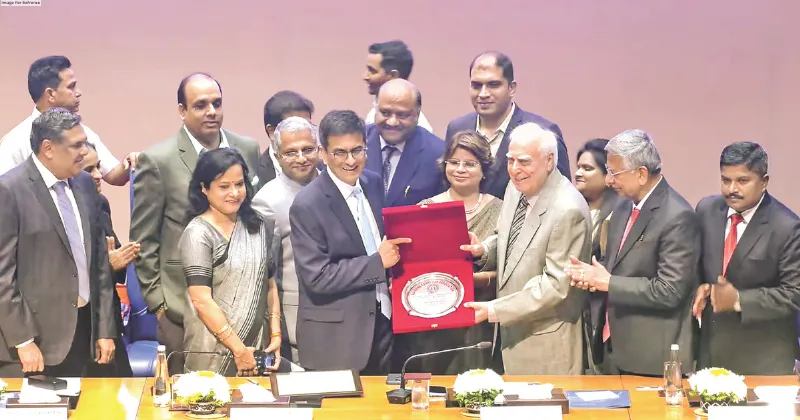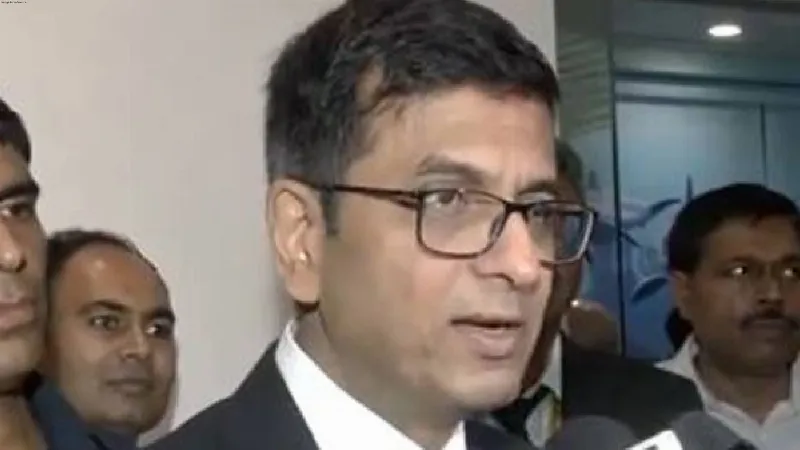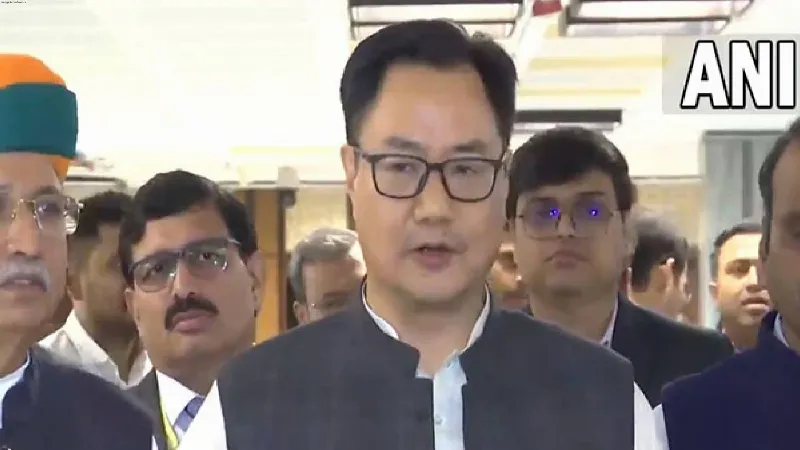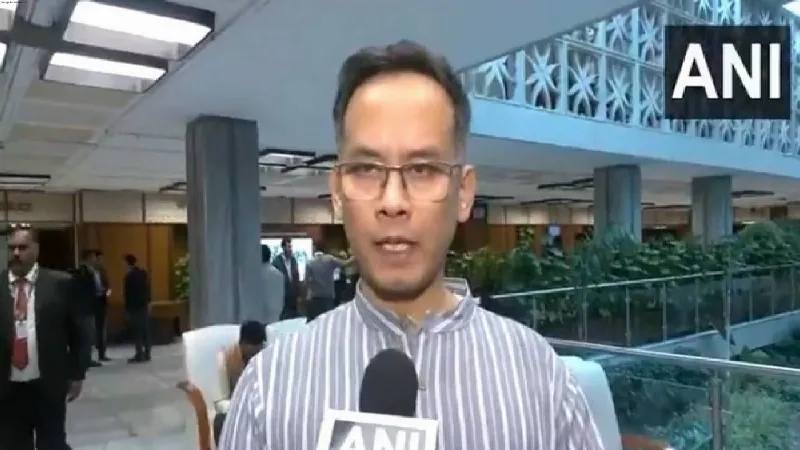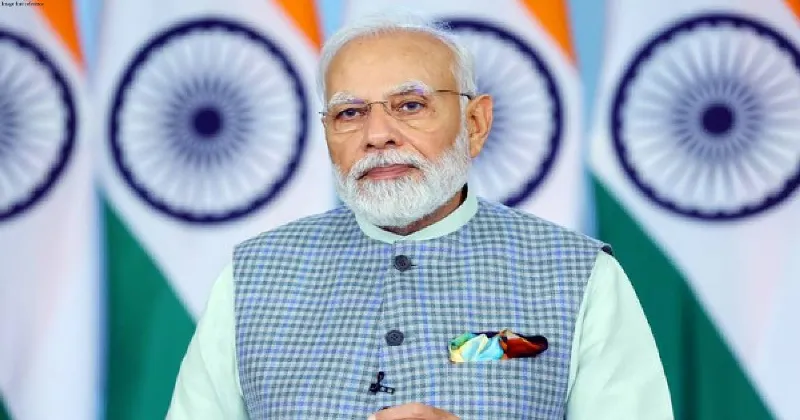Latest News
R&D IN A NEW WAY FOR INDIAN STARTUPS
.png)
India has established itself as a significant global player based on the rate of its economic growth. This is demonstrated by the fact that it is one of the top five economies in the world. It is also true, though, that India receives criticism frequently for its poor R&D spending. This claim is based on the fact that while R&D expenditures as a percentage of GDP in India are only 0.7%, they account for 1.8% of the global average. Companies worldwide spend over twothirds of their yearly profits to R&D, compared to slightly over one-third for Indian businesses. This continuous debate on international forums has drawn attention to the claim that only the United States, Japan, South Korea, and China are capable of dominating the fight for the top spot. This discussion also gives rise to the notion that it is the companies from the developed nations that give greater importance to innovation and Indian companies lag behind in this aspect. This also raises a question about the capability of Indian companies to take risks in the end.
Are there truly no innovations valued by Indian companies? This perception of India is completely unfounded on this issue. Countries like Japan, the United States, South Korea, etc., invest significantly more in research and development through capital because they are less populated nations. Their per capita expenditure on technology is higher than the overall labor cost in production. In contrast, the situation in India is entirely opposite. India is a highly populated country, and its social efficiency, productivity of various products, and profitability depend on how effectively labor is divided and utilized at the workplace.Indians have been thinking since ancient times that bringing more labor into use can expand the pace of any work. For instance, if the construction of a road needs to be completed quickly, using more laborers is a better option than relying on the latest machinery. The main basis behind this mindset undoubtedly stems from the limited availability of economic resources in society.
Research and development (R&D) advocates argue that greater investment in this area is essential for India to achieve economic independence. India has been making great strides in this area in recent years, demonstrating that the nation is spending more money on R&D to improve the workforce’s skill set. Given that customers may now receive their selected products within ten minutes of placing an order, it is clear that businesses like Swiggy, Zomato, Infomart, Blinkist, etc., are making wise financial decisions to invest in their employees’ research and development. In big cities, when a taxi reaches the customer’s destination within five to ten minutes through a mobile application, it not only saves them from the struggles of public transport but also eliminates the risk of navigating unknown routes. This innovation, mostly carried out by service sector companies, is remarkable. Isn’t it a groundbreaking innovation to provide technology-driven solutions to delivery workers or drivers in crowded areas, guiding them with minimal voice commands and ensuring timely delivery to customers? Shouldn’t this be included under innovation?
A novel concept has emerged in big cities,where customers can select their favorite vegetables through a virtual card, and these vegetables are delivered by a delivery boy to the customer’s doorstep without causing any inconvenience. Startups are investing in research and development to facilitate their workers in residential colonies of large cities. These workers are granted access based on notifications and OTP received through a mobile application, which ultimately provides excellent convenience to the customers. Furthermore, in large cities extending up to 30 to 40 kilometers, courier services are now available on the same day. Alongside these developments, it is worth mentioning the successful Mumbai tiffin system that has been operating for the past three to four decades. This system serves as an excellent example of investment in research and development for workers in Indian society.
The effectiveness of call centres in India, however, must be increased in order to address client concerns in the service industry. It’s common to see startups and different financial services organisations giving customers a portion of their costs that isn’t transparent during transactions. It is also crucial to make clear that many well-known businesses in industrialised nations continually spend in R&D to gain a competitive edge, setting off a trend of strong demand for their goods. In addition, the product life cycle (PLC) of different things has been steadily getting shorter over the past two to three decades. Typically, businesses may charge a high selling price up front for a product before dropping it to half a year or two later. The main reason behind this is that these companies easily understand that they need to sell their products to affluent people in society during the initial stage and establish their product as a brand. It is a reality that the selling price obtained from these affluent people is twice the production cost and that profit is invested in research and development to quickly introduce new products for these same affluent individuals. Additionally, under the current situation, things that are available should be offered to middle-class people for half the price during the initial term. Economic inequality in society has significantly increased as a result of these businesses’ huge earnings.
It is also legitimate to claim that India’s auto and pharmaceutical industries have consistently increased their spending in R&D, which has improved their quality and reputation on a global scale. India created its own vaccine during the COVID-19 pandemic and made a big contribution to shielding 1.4 billion people from the disease’s negative consequences. Increased R&D with investments in the labour force to improve worker skills is a balanced strategy for India. New employment opportunities will result from this, but new labour regulations will also be necessary to make this happen.
THE VIEWS EXPRESSED BY THE AUTHOR ARE PERSONAL
Dr PS Vohra The author is Writer, Columnist and Financial Expert



